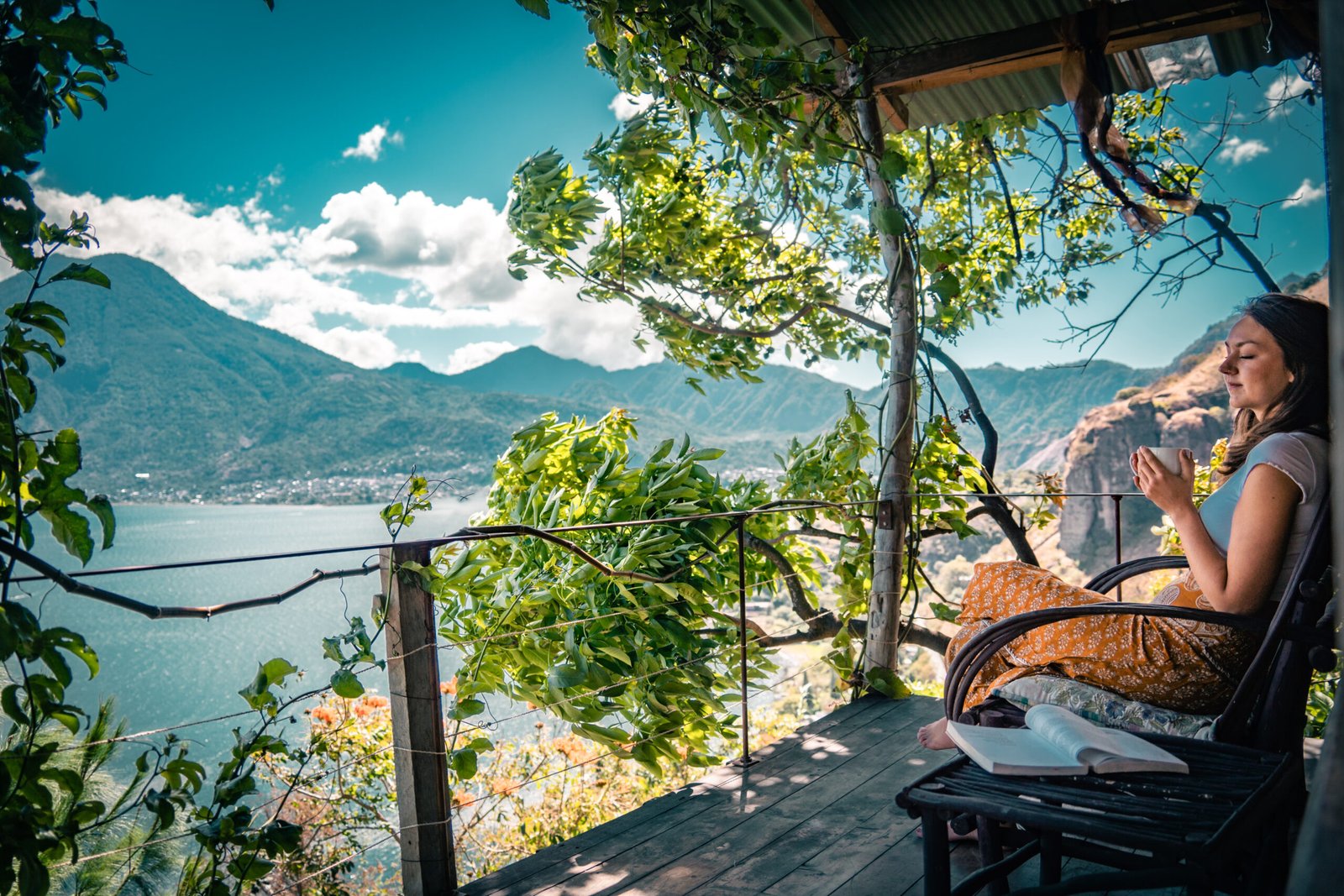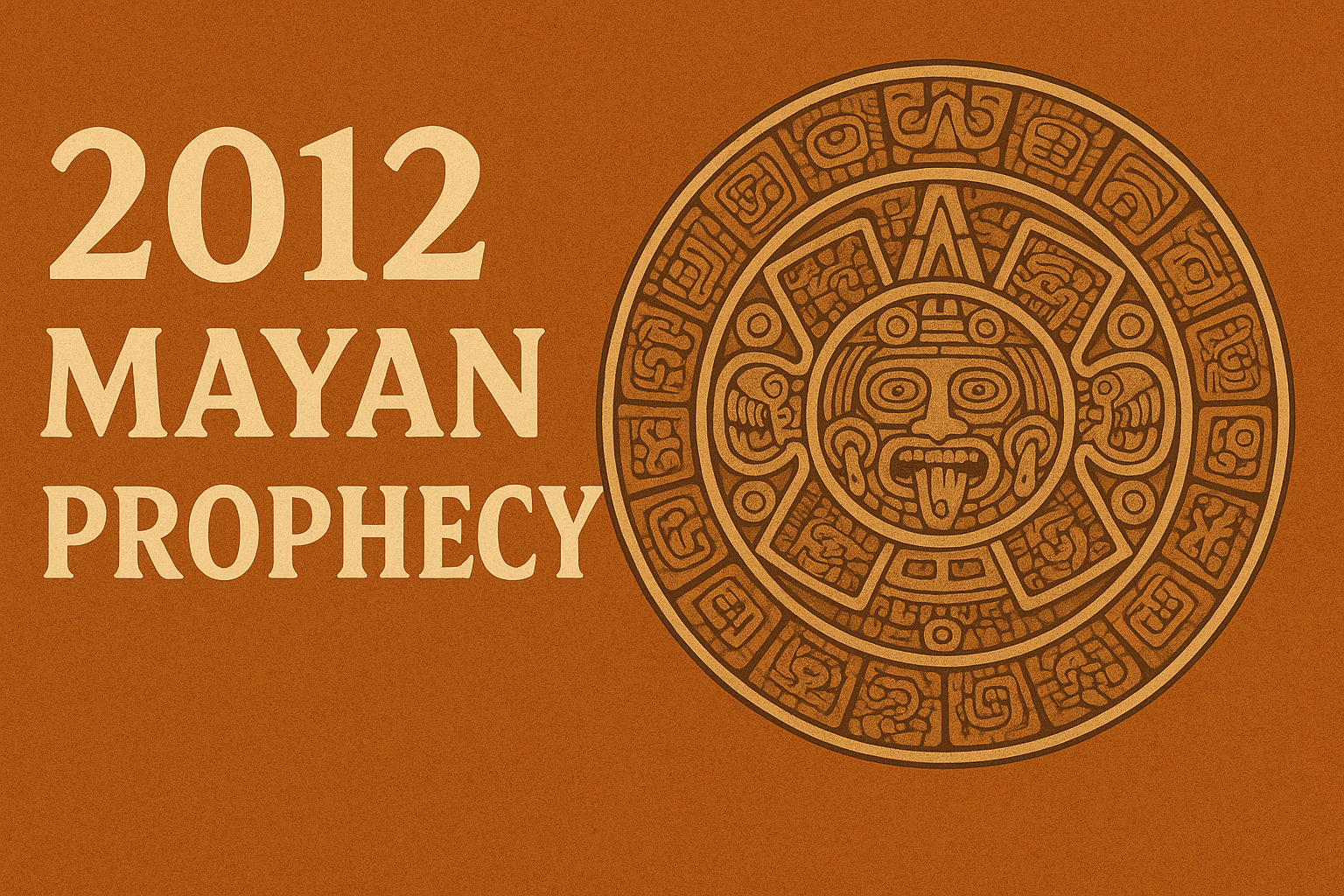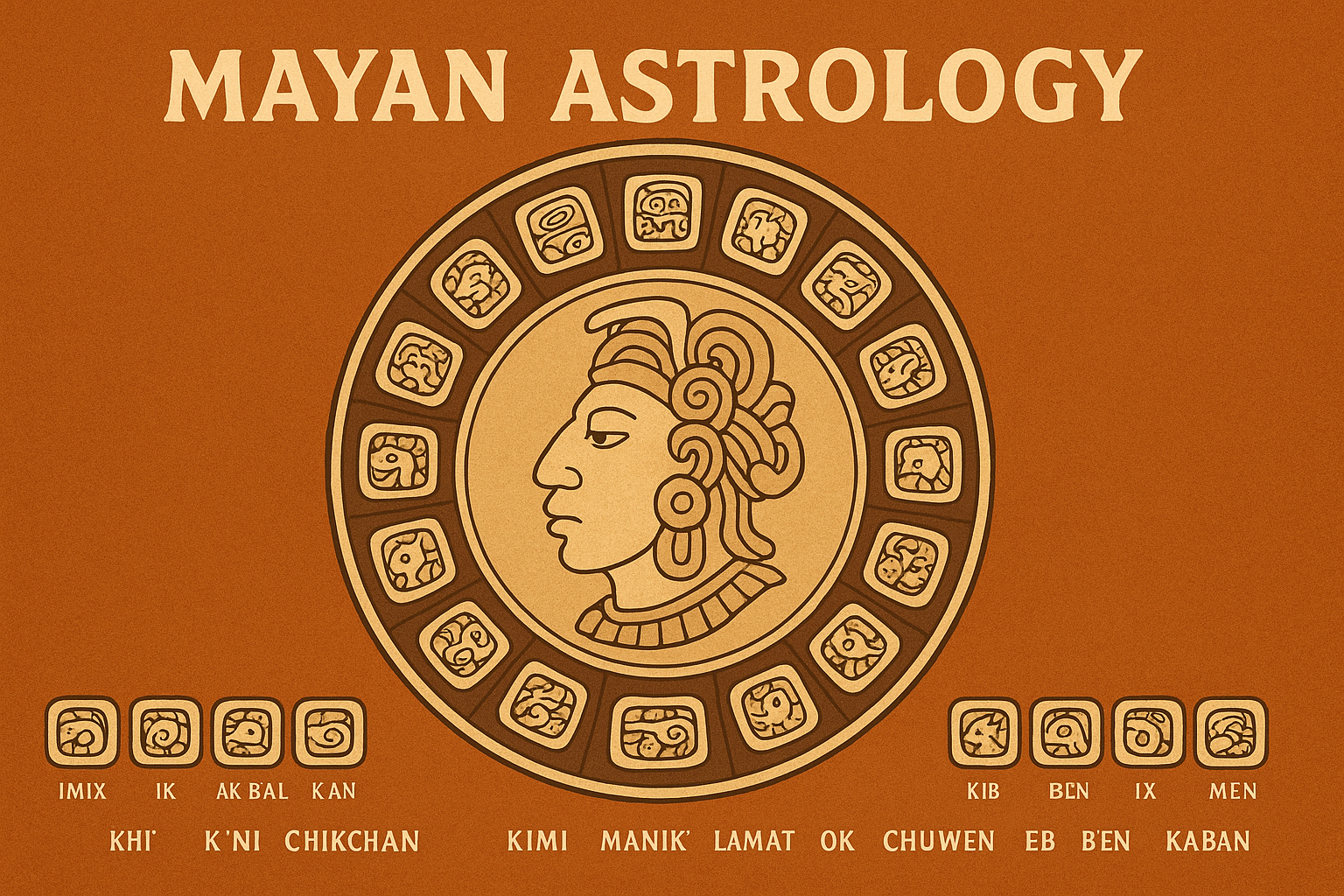Celebrating Culture: A Guide to Guatemala Festivals
An Overview of Guatemala’s Vibrant Festivals
Understanding the Cultural Significance of Guatemalan Celebrations
Guatemalan festivals are a dazzling tapestry of color, music, and tradition that offer a window into the heart of the country’s rich cultural heritage. These celebrations are not merely annual events but rather a profound expression of the collective identity, history, and spirituality of the Guatemalan people. Each festival is a living museum, showcasing the time-honored customs that have been preserved and passed down through generations. The involvement of the entire community, from the youngest children to the oldest elders, highlights the communal aspect of these cultural festivities.
Seasonal Guide to the Festivals in Guatemala
As the seasons change in Guatemala, so too does the festive landscape. The country’s calendar is punctuated with a variety of festivals, each with its own unique character and significance. From the vibrant hues of the Alfombras (carpet making) during the Semana Santa to the raucous bull-riding during the Feria de Agosto, there is always a celebration to behold. Visitors who wish to immerse themselves in local customs would do well to time their visits with these dynamic events, witnessing first-hand the traditions that form the backbone of Guatemalan society.
Astrological events, such as the solstice are also significants events in Guatemala to celebrate the change of seasons and the power of nature. Get a glimpse at Solstice Festival at Eagle’s Nest Atitlán, the biggest festival in Guatemala:
Guatemala’s Indigenous Festivals: A Melting Pot of Traditions
Highlighting the Most Prominent Indigenous Celebrations
Indigenous festivals in Guatemala are particularly noteworthy, symbolizing the endurance of the Maya culture amidst centuries of change. These festivals often coincide with important Maya calendar dates and are marked by rituals and ceremonies that are deeply entrenched in the indigenous way of life. The colorful Day of the Dead (Dia de los Muertos) kite festivals in Sacatepéquez and the Rabin Ajau in Cobán are just two examples where age-old practices are brilliantly displayed for both the local community and awestruck visitors.
Preserving Ancestral Customs through Festival Activities
The activities that take place during indigenous festivals serve to maintain and celebrate ancestral customs. These range from traditional dances and music performances to ceremonies such as the Maya fire rituals. Through such events, the wisdom of the past is kept alive and essential cultural knowledge is imparted to the next generation. This continual renewal of tradition ensures that indigenous heritage remains a vibrant and core component of Guatemala’s national identity.
The Role of Religion in Guatemalan Festivities
Exploring the Fusion of Mayan Beliefs and Catholic Practices
In Guatemala, the synergy between Mayan beliefs and Catholic practices gives rise to a unique religious experience, forging a syncretic blend of spiritual customs that defines many of the country’s festivals. These hybrid celebrations exemplify how Guatemala has assimilated various aspects of its colonial history while maintaining indigenous spiritual roots. It is in the layering of Catholic saints’ days atop ancient Mayan cosmology that one can witness the harmonious coexistence of disparate religious traditions.
Fiesta de Santo Tomás: A Pinnacle of Religious Observances
One of the most significant of these religious celebrations is the Fiesta de Santo Tomás in Chichicastenango. This event encapsulates the essence of Guatemala’s religious syncretism. The church steps become a stage for vibrant, traditional dances, and incense mingles with the prayers of both Mayan priests and Catholic clergy. The convergence of multiple faiths underscores the diversity and adaptability of religious expression in Guatemala.
Experiencing Guatemala’s Festivals: Tips for Travelers
Planning Your Visit Around the Festival Calendar
For those yearning to experience the essence of Guatemalan culture, synchronizing your travel plans with the festival calendar is indispensable. Engaging with locals and participating in the festivities can vastly enrich one’s understanding of the country. However, it is crucial to plan well in advance, as accommodations during peak festival times can fill up quickly.
Responsible Tourism during Guatemalan Cultural Celebrations
When diving into the vibrant festival scene, travelers should also be mindful of their impact on local communities and traditions. Showing respect for cultural norms, dressing appropriately, and engaging with celebrations in a way that is considerate to both the environment and hosts are all imperative. Observing these considerations not only ensures a more authentic encounter with Guatemala’s cultural treasures but also helps in preserving them for future generations.
Gastronomic Delights: Food and Drink at Guatemalan Festivals
Savoring Traditional Guatemalan Cuisine
The festivals of Guatemala provide a delectable opportunity to explore the country’s culinary landscape. Dishes like Pepián, a rich and hearty stew, and Tamales, a beloved staple, are often prepared for these occasions, offering a taste of Guatemala’s diverse flavor profiles and culinary techniques. The foods served during these festivals are a testament to the rich agricultural and culinary traditions of the region, steeped in both Maya and Spanish influences.
Local Beverages You Must Try During Festival Season
Beverages, too, play a significant role in the festival experience. Options like atol de elote, a warm, corn-based drink, and the fermented fruit drink called chicha, provide an ideal accompaniment to the festive foods. Sampling these local drinks not only satiates the palate but also provides insight into the country’s gastronomic heritage.
Artistic Expressions: Music and Dance at Guatemala’s Festivals
Guatemalan festivals are not complete without the vibrant sounds of marimba music and the rhythmic steps of traditional dancers adorned in elaborate, hand-woven costumes. The music is the heartbeat of these celebrations, often derived from centuries-old melodies and instruments, echoing the country’s multilayered history. The dances, with their storied choreography, often narrate tales of the Maya, Spanish conquest, and themes central to Guatemalan life, ensuring the continuation of these vital cultural stories.
Guatemala’s Festival Wardrobe: A Tapestry of Color and Textiles
The intricate textiles and resplendent attire worn during festivals in Guatemala are as much a part of the celebration as the events themselves. These garments, often handwoven using techniques passed down through generations, speak volumes about regional identities and social statuses. The vivid colors and patterns are symbolic, and the act of donning such clothing is akin to wearing one’s history and pride.
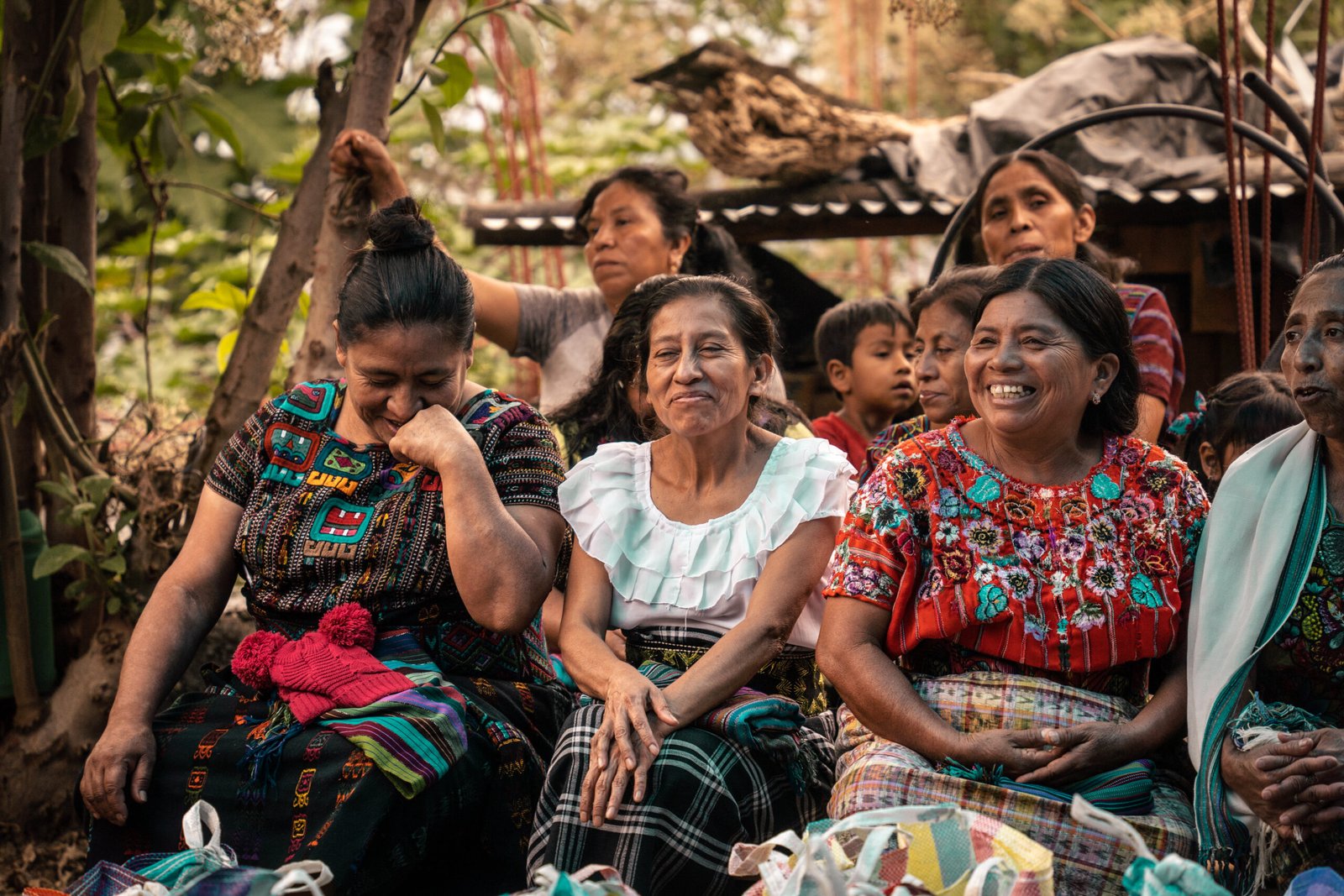
From Semana Santa to Feria de Agosto: Year-Round Festivities
In Guatemala, the festive spirit is omnipresent, with the calendar brimming with events from the somber processions of Semana Santa to the jubilant Feria de Agosto. Each celebration, with its unique traditions, brings people together, reinforcing communal bonds and embodying the spirit of the country. These festivals, rich in pageantry and tradition, ensure that the vibrancy of Guatemalan culture is never far from sight or heart.
The myriad festivals of Guatemala offer a rich tableau for anyone interested in experiencing the life and soul of this Central American nation. They stand as a testament to the enduring strength of tradition and the celebratory essence of Guatemalan culture.
Questions and Answers of Guatemala Festivals
What is the most important festival in Guatemala?
The most important festival in Guatemala is arguably ‘Semana Santa,’ or Holy Week, celebrated with fervor leading up to Easter Sunday. This festival, with its blend of Christian and indigenous traditions, is renowned for its elaborate processions and intricate ‘alfombras’ or carpets made of colored sawdust, flowers, and fruits, which line the procession routes. These processions feature ‘andas,’ which are wooden platforms bearing statues of Jesus and the Virgin Mary, carried by participants through the streets of cities like Antigua Guatemala. The combination of religious devotion, artistry, and communal participation makes Semana Santa a profound expression of Guatemalan faith and cultural heritage.
What traditions are there in Guatemala?
Guatemala is steeped in traditions blending Mayan and Spanish influences. Some of the most significant traditions include the colorful kite festivals on All Saints’ Day, the burning of the devil (‘Quema del Diablo’) on December 7th, where people gather to burn effigies and fireworks to rid evil spirits and welcome the Christmas season. The traditional Mayan practice of ‘Maximón’ worship, where devotees offer gifts to a folk saint revered in several communities, is another unique tradition. Additionally, the weaving of intricate textiles using backstrap looms is a long-standing Guatemalan tradition, often reflecting the identity and heritage of the weaver’s community.
What days does Guatemala celebrate?
Guatemala celebrates many significant days, but among the most important are its Independence Day on September 15th, which marks the country’s independence from Spain in 1821. Other significant celebrations include the Day of the Dead (Dia de los Muertos) on November 2nd, and the Feria de Santo Tomás on December 21st in Chichicastenango, featuring traditional dances and cultural events. Also noteworthy are national holidays such as Revolution Day on October 20th, Army Day on June 30th, and Children’s Day on October 1st, each associated with distinct festivities and cultural expressions.
What is the Day of the Dead Festival Guatemala?
In Guatemala, the Day of the Dead Festival, known locally as ‘Dia de los Muertos,’ takes place on November 1st and 2nd. This celebration is deeply rooted in indigenous and Spanish customs, honoring and remembering deceased loved ones. Families visit cemeteries to clean and decorate gravesites with flowers, mostly orange marigolds, and sometimes leaving favorite foods of the departed. One of the most emblematic traditions during this festival is the flying of giant colorful kites, believed to help the spirits communicate with the living and ascend to heaven. Kite festivals, particularly in Sumpango and Santiago Sacatepéquez, draw large crowds and serve as a vivid display of artistry and cultural identity.
How do Guatemalans celebrate Independence Day?
Guatemalans celebrate Independence Day on September 15th with much enthusiasm. The festivities include parades with marching bands, patriotic songs, and dances performed by students from various schools. There are also civic ceremonies, including the lighting and passing of the ‘Antorcha de la Independencia’ (Torch of Independence) across Central America, symbolizing the spread of freedom from nation to nation. Streets are adorned with blue and white decorations, the colors of the Guatemalan flag, and the night skies are often lit up with fireworks.
What food is traditionally eaten during Semana Santa in Guatemala?
During Semana Santa, traditional foods in Guatemala include ‘fanesca,’ a rich stew made with fish, grains, and various vegetables, reflecting the bounty of the harvest season. Another common dish is ‘tortas de pescado seco,’ which are patties made from dried fish, typically cod, served with vegetables. Sweet treats like ‘dulce de toronja’ (candied grapefruit peel) and various breads such as ‘pan de yema’ (egg yolk bread) are also prepared during this holy week.
Are there any traditional dances in Guatemala?
Yes, Guatemala boasts a variety of traditional dances, often performed during festivals and celebrations. One of the most famous dances is the ‘Danza de los Moros y Cristianos,’ which depicts historical battles between Moors and Christians. Another is the ‘Dance of the Deer,’ a Mayan dance that features a hunter and deer and represents the relationship between humans and nature. The dance is accompanied by marimba music, Guatemala’s national instrument.
What crafts are Guatemala known for?
Guatemala is renowned for its vibrant textiles and intricate weavings that are among the most exquisite handicrafts in Latin America. Traditional Mayan textiles are created using backstrap looms and incorporate a rich palette of colors and complex patterns, each symbolizing different elements of Mayan cosmology and the weaver’s community. Guatemala is also known for its pottery, particularly from Chinautla, which features unique designs and techniques passed down through generations. Additionally, wood-carving and jade are prominent crafts, with jade being a stone that held significant importance in ancient Mayan culture.
Music Festivals
Guatemala is home to a unique tapestry of music festivals, attracting visitors from all over the world each year. From intentional gatherings like the legendary Cacao Dance with Mose to multiple day music and arts festivals, such as Solstice Festival, Guatemala offers a wide variety of conscious celebrations. The ecstatic dance scene is a huge part of Guatemala’s international community.
Read more about music festivals in this article: What are the Best Festivals in Central America? Discovering the Top 3 Music Festivals and Why You don’t want to Miss Them
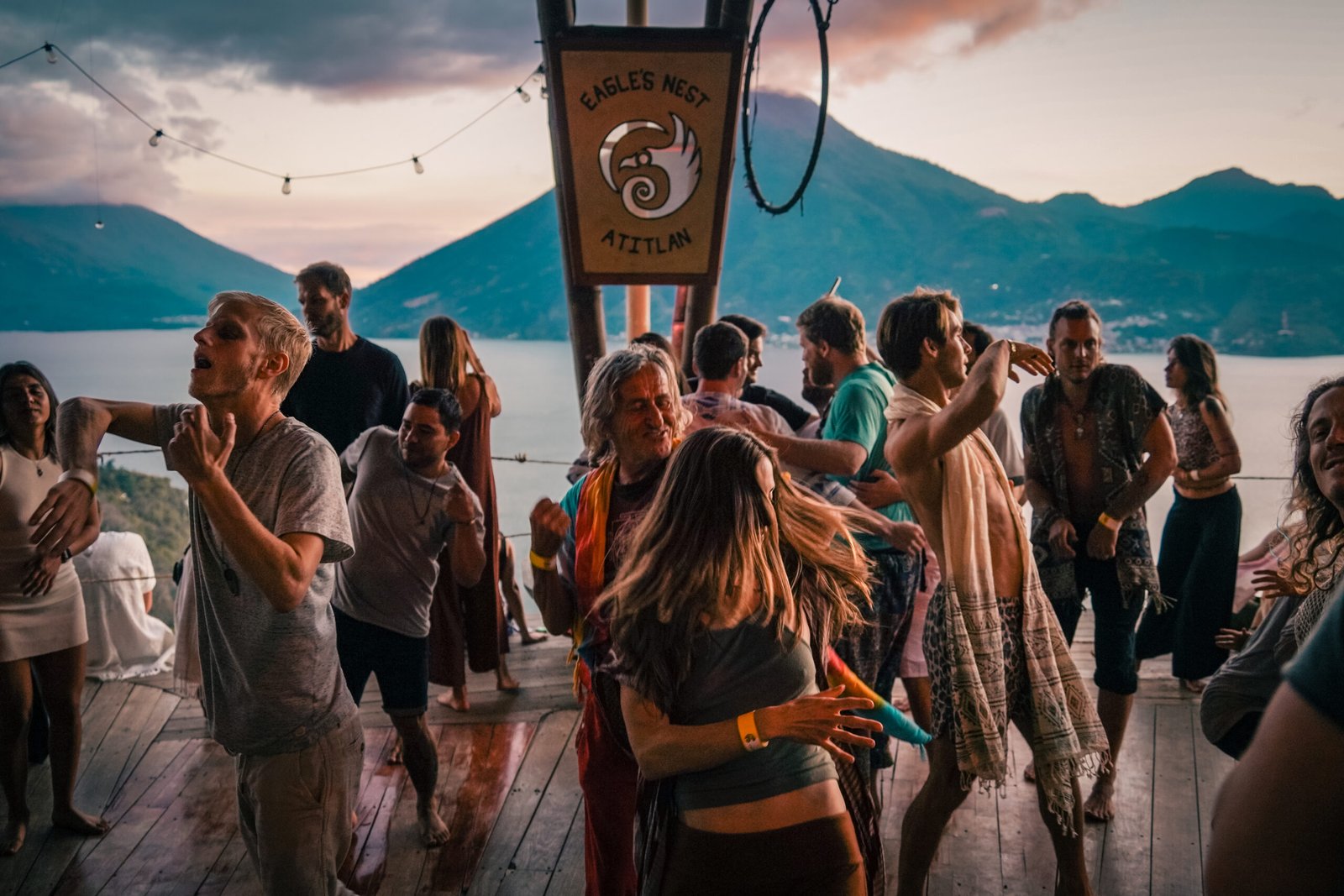
Summary of Guatemala festivals
Guatemala’s tapestry of festivals is a vivid illustration of the nation’s rich cultural heritage. From the mesmerizing indigenous celebrations that preserve ancestral customs, to the deeply rooted religious observances blending Mayan and Catholic traditions, each festival is a window into the soul of Guatemala. Through our exploration, we’ve uncovered the pivotal role these festivals play, not just in cultural expression, but in the day-to-day lives of the Guatemalan people.
Travelers to Guatemala are blessed with a unique opportunity to witness this vibrant culture first-hand. By keeping in mind the seasonal guide to festivals and planning with respect to the festival calendar, visitors can ensure they partake in these celebrations responsibly and respectfully. The gastronomic delights offer a taste of tradition with every bite, while the colorful array of music, dance, and festival wardrobes weaves a narrative of history and identity.
As we’ve journeyed from the solemnity of Semana Santa to the exuberance of Feria de Agosto, we’ve seen how the year-round festivities are a testament to the Guatemalan spirit. With the echoes of marimba music fading gently in the background, our guide to Guatemala’s festivals invites you to not only observe but to immerse yourself and celebrate the enduring legacy of Guatemalan culture. Whether participating in the Fiesta de Santo Tomás or simply sipping a local beverage amidst festival cheer, the memories created during these cultural festivities are sure to be as enduring as the traditions they honor.
Looking for a place to stay?
If you’re ready to discover Guatemala festival and cultural heritage, we invite you to stay at Eagle’s Nest for the ultimate immersion into nature and culture. All our stays include our unique festivals, transformative events, daily yoga classes, meals, sauna and more. Check our lodging options and book your stay here!
